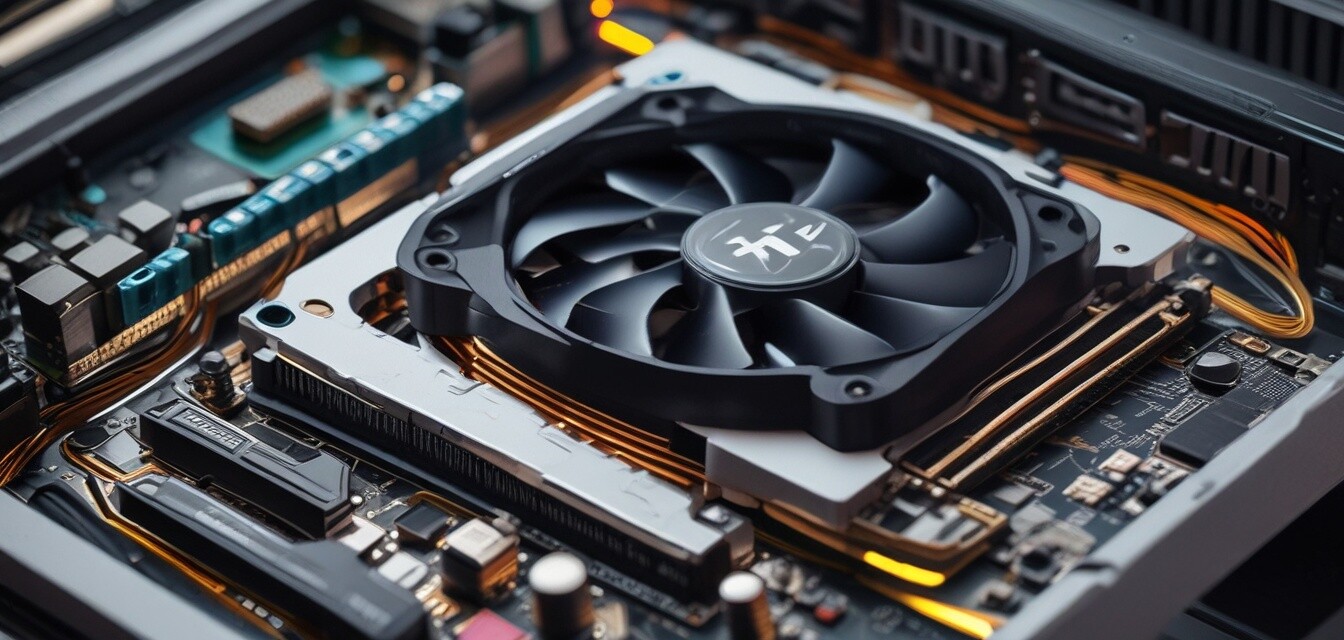
Choosing the Right Graphics Card for Your Desktop PC
Key Takeaways
- Understand GPU specifications such as VRAM, core count, and clock speeds.
- Consider your usage: gaming, graphic design, or general use.
- Set a budget to narrow down your options.
- Check compatibility with your desktop's power supply and motherboard.
- Keep an eye on future-proofing features for longevity.
Choosing the right graphics card is crucial for maximizing the performance of your desktop PC, whether you're into gaming, graphic design, or video editing. With an array of options available in the market, this guide will help you make an informed decision tailored to your specific needs.
Understanding Graphics Card Specifications
When selecting a graphics card, it is essential to be familiar with key specifications. Here are some fundamental elements to consider:
| Specification | Description |
|---|---|
| VRAM | Video RAM, crucial for handling high-resolution textures. |
| Core Count | The number of cores affects processing power; more cores usually mean better performance. |
| Clock Speed | Measured in MHz; higher speeds tend to deliver better performance. |
| DirectX Support | Compatibility with the latest technology, important for gaming and software. |
| Cooling Systems | Essential for preventing overheating during intense tasks. |
Identifying Your Needs
Your specific needs define what type of graphics card will serve you best. Here’s a breakdown based on different use cases:
- Gaming: Aim for a card with high VRAM and a robust core count.
- Graphic Design: Opt for a powerful GPU with good rendering capabilities.
- Video Editing: Look for cards that support high-resolution outputs and efficient rendering.
- General Use: For everyday tasks, a mid-range card will suffice.
Setting a Budget
Graphics cards can range widely in price. Establishing a clear budget helps narrow down your choices and prevents overspending. Here’s a basic pricing guide:
| Budget Category | Expected Price Range | Performance Use Case |
|---|---|---|
| Entry-Level | $100 - $200 | Basic gaming and general use |
| Mid-Range | $200 - $500 | Solid gaming and creative tasks |
| High-End | $500+ | Professional gaming, 3D modeling, and video editing |
Compatibility Considerations
Before purchasing a graphics card, ensure it will fit well with your current desktop setup:
- Power Supply: Confirm your PSU has enough wattage and the required PCIe power connectors.
- Motherboard: Make sure your motherboard has the appropriate PCIe slot.
- Case Size: Ensure that the card physically fits in your PC case.
Future-Proofing Your Purchase
Consider investing in a graphics card that provides room for future upgrades. Here are key features to look for:
- Ray Tracing: Supports realistic lighting effects in games.
- DLSS or Similar Technologies: Enhances performance and visual fidelity.
- PCIe 4.0 or Higher: More bandwidth for next-gen technology support.
Pros
- Enhanced graphics performance enhances gaming and creative projects.
- Increases overall responsiveness of your PC.
- A range of options lets you choose based on budget and usage.
Cons
- Graphics cards can be expensive, particularly high-end models.
- Compatibility checks are essential to avoid issues.
- Availability can be limited due to high demand.
Final Thoughts
Choosing the right graphics card ultimately depends on your specific needs, current PC configuration, and budget. Whether you’re diving into the world of PC gaming, engaging in creative workflows, or simply upgrading your system, understanding the specifications, compatibility, and future-proofing will enable you to make a solid investment.
For more comprehensive guides on PCs and laptops, check out our Buying Guides for essential tips and resources. Don't forget to explore our other categories such as Gaming Laptops and Desktop PCs for the best options available!